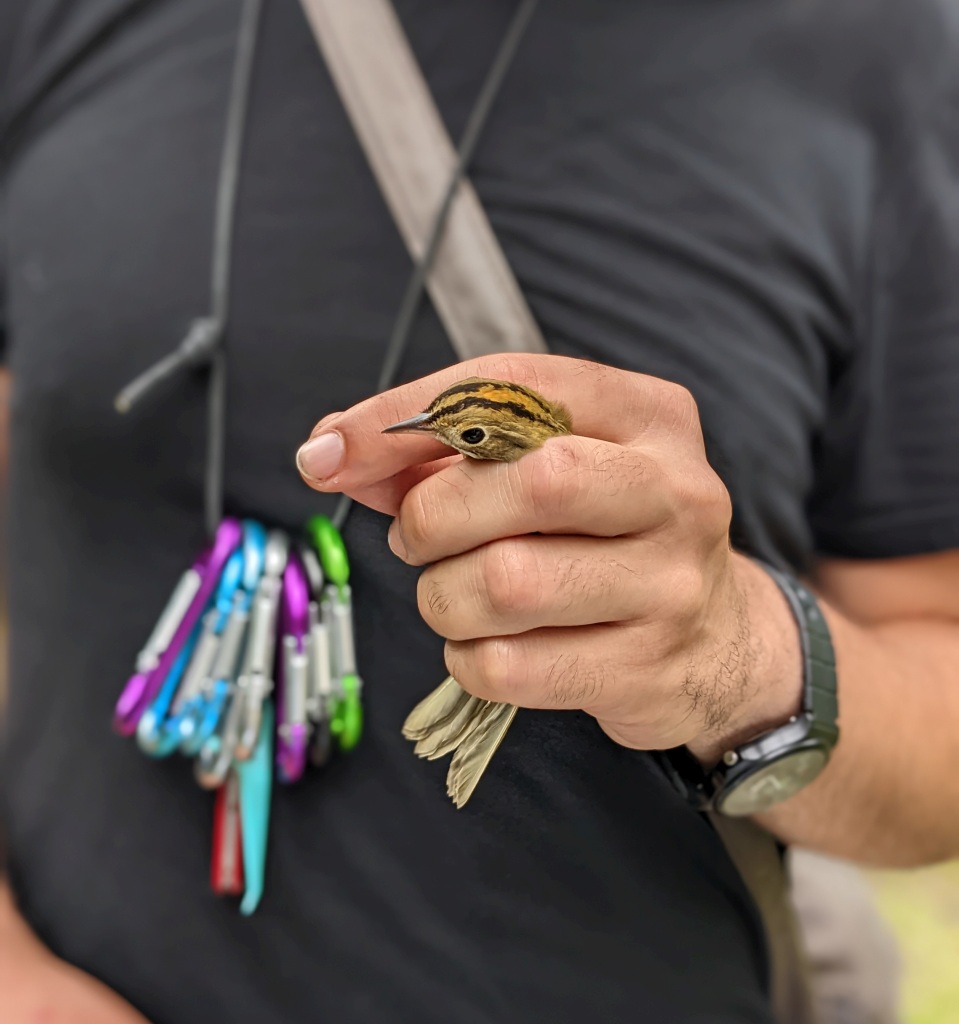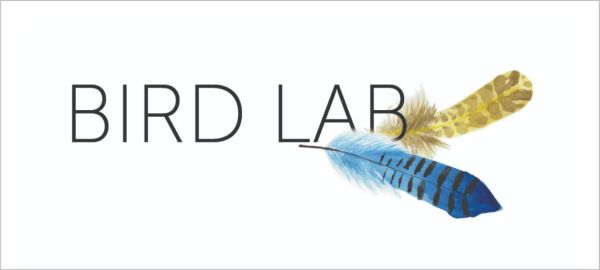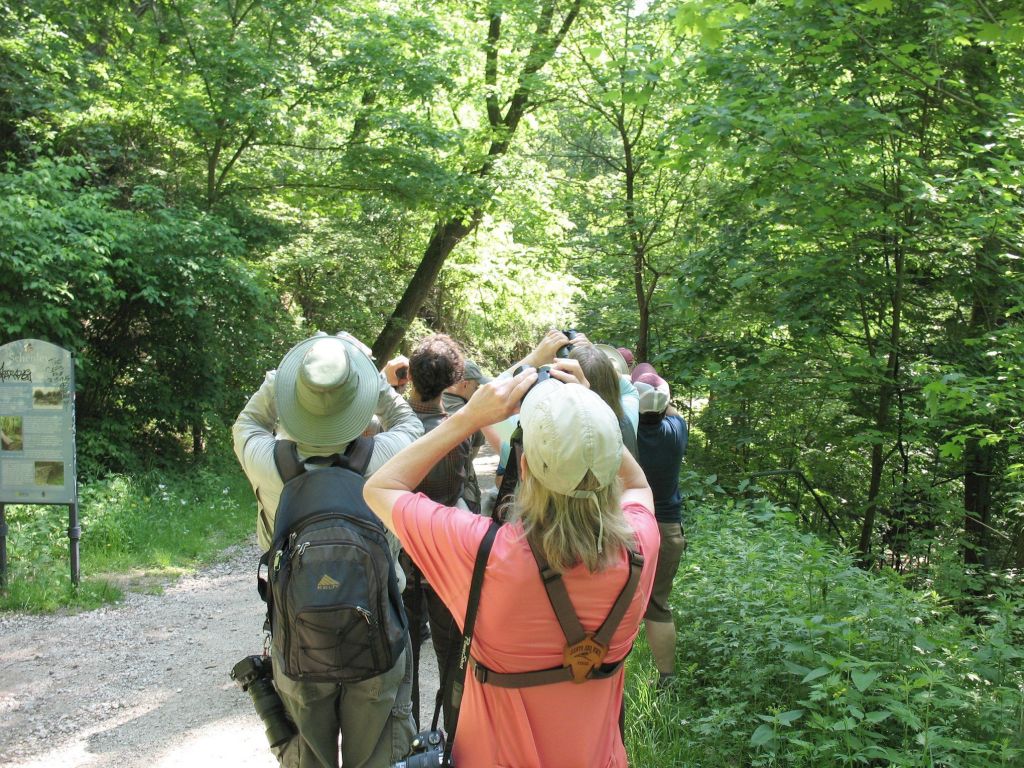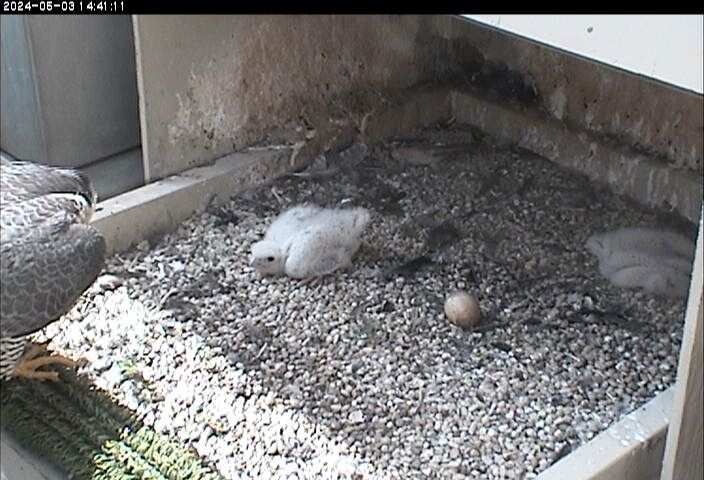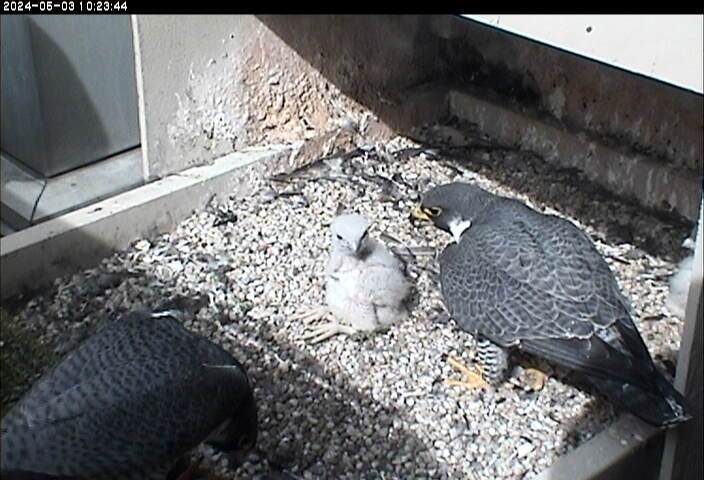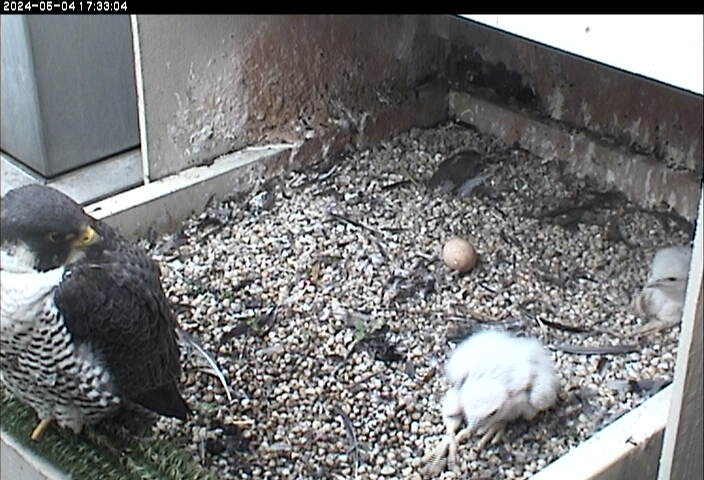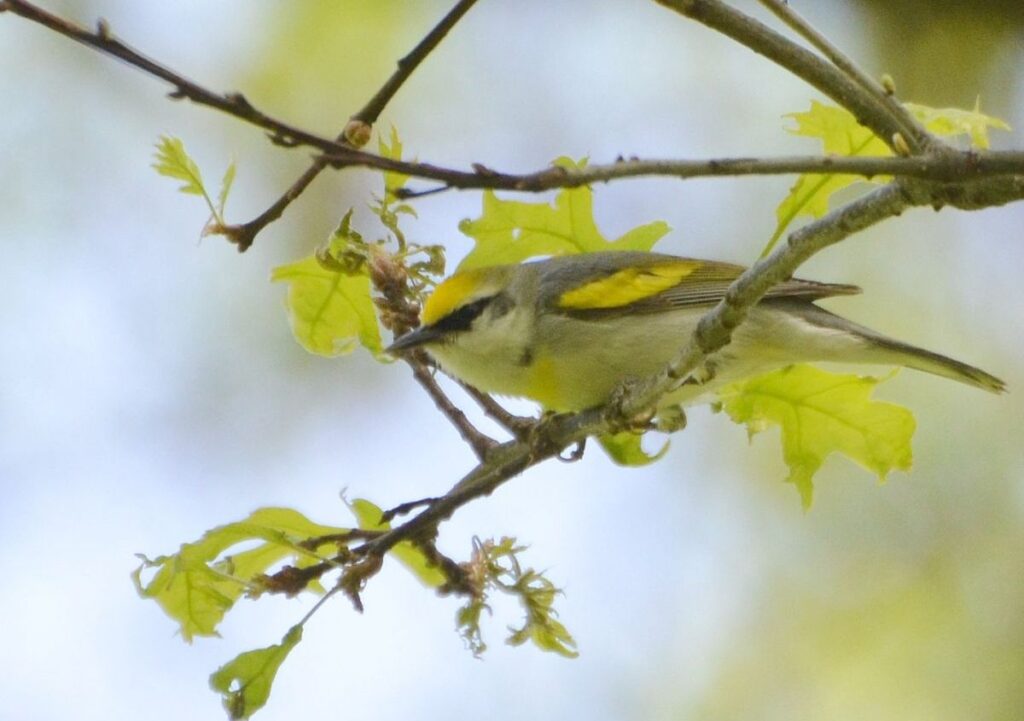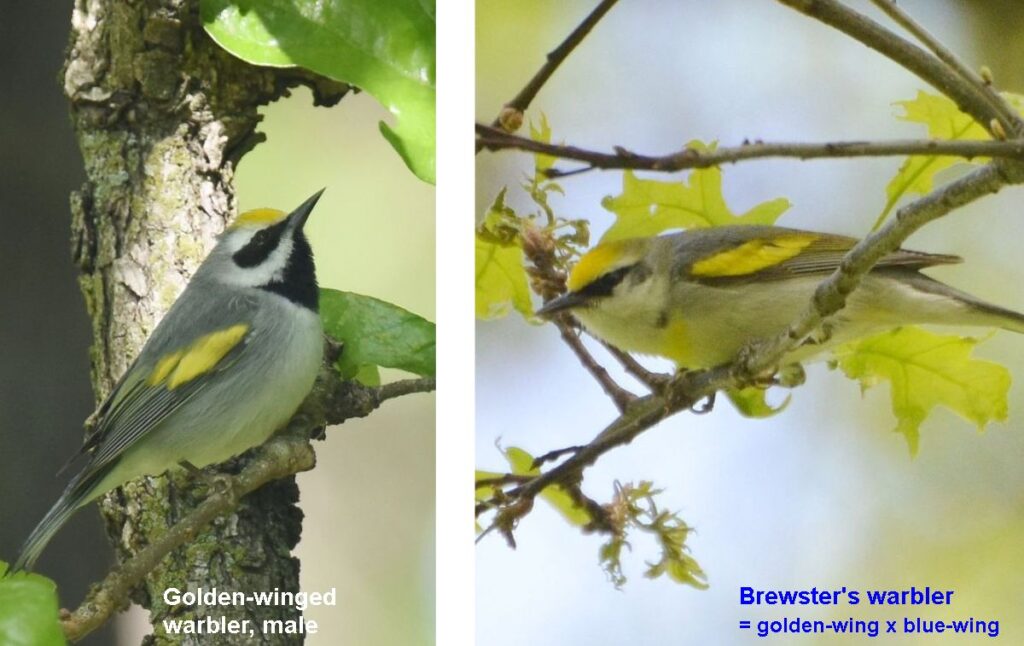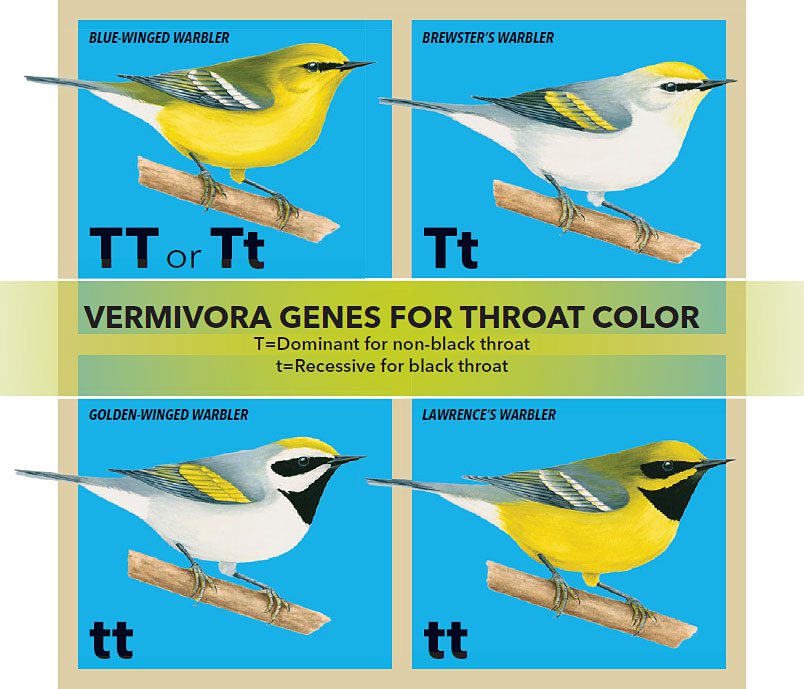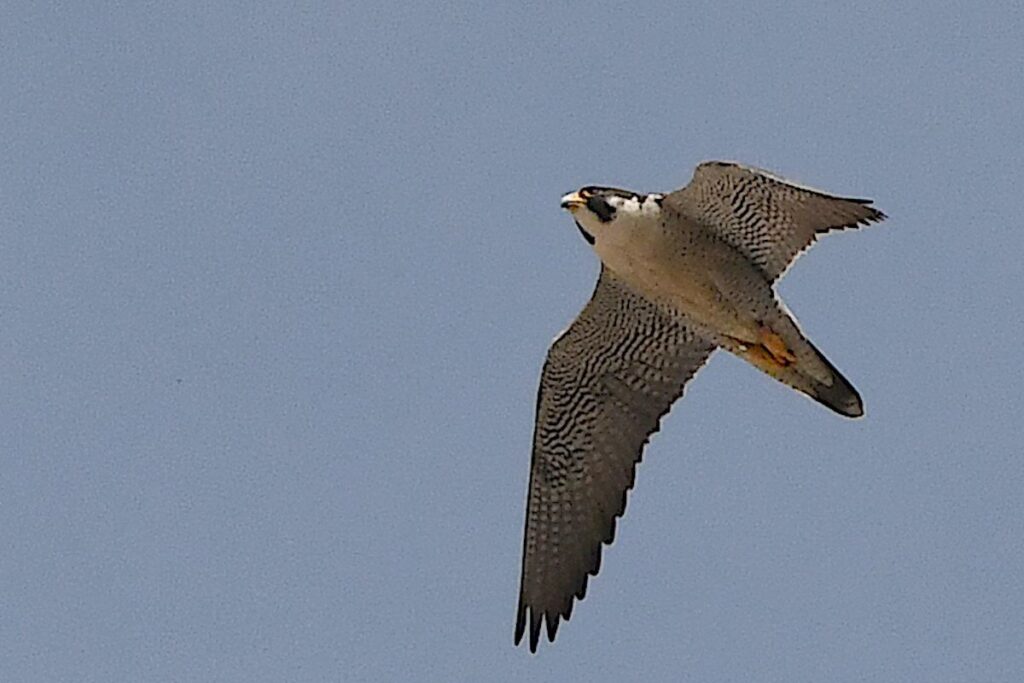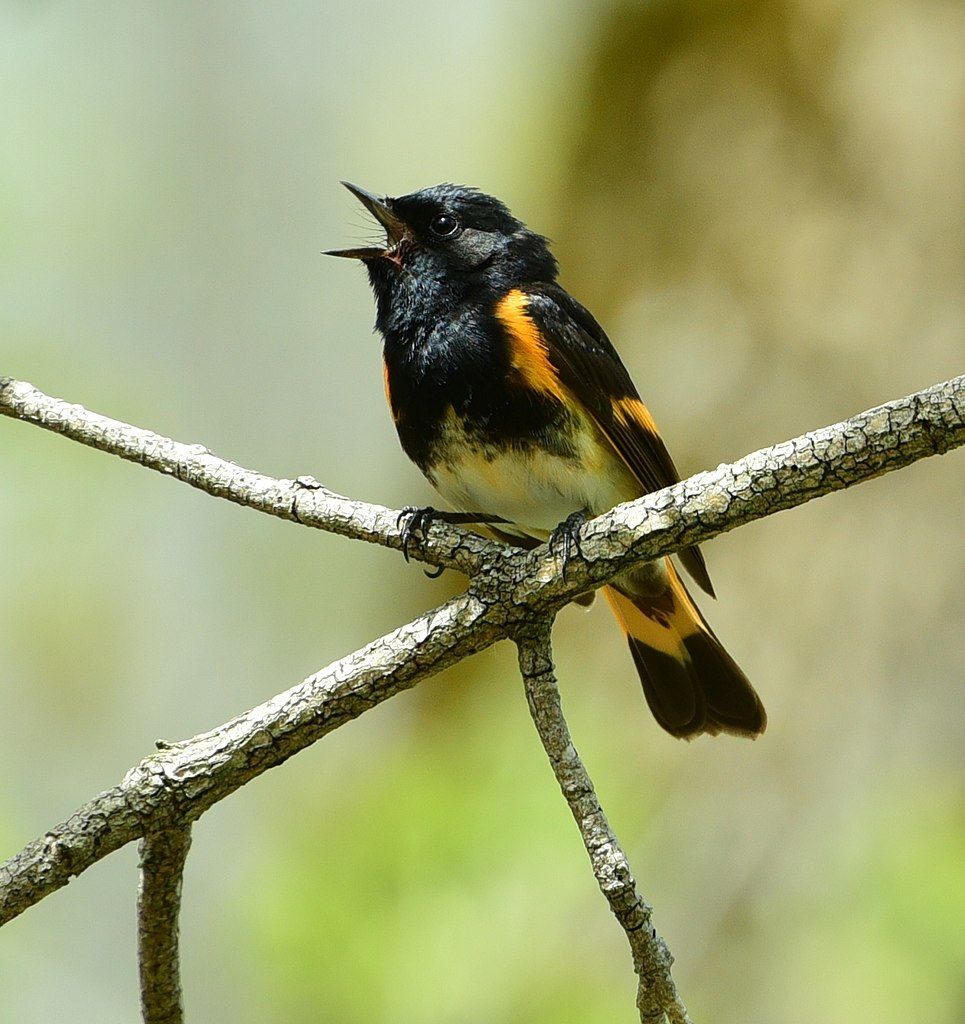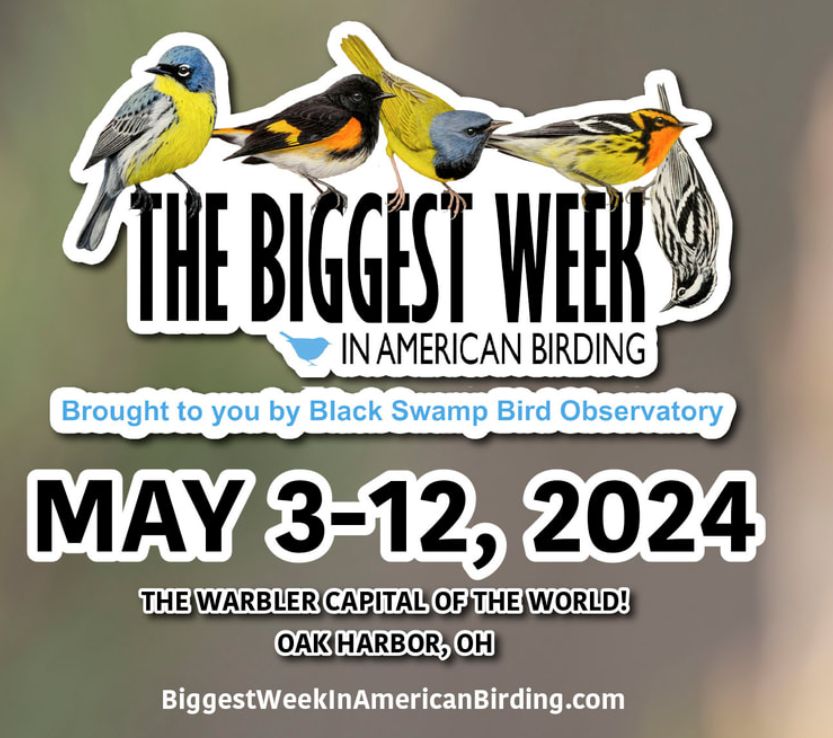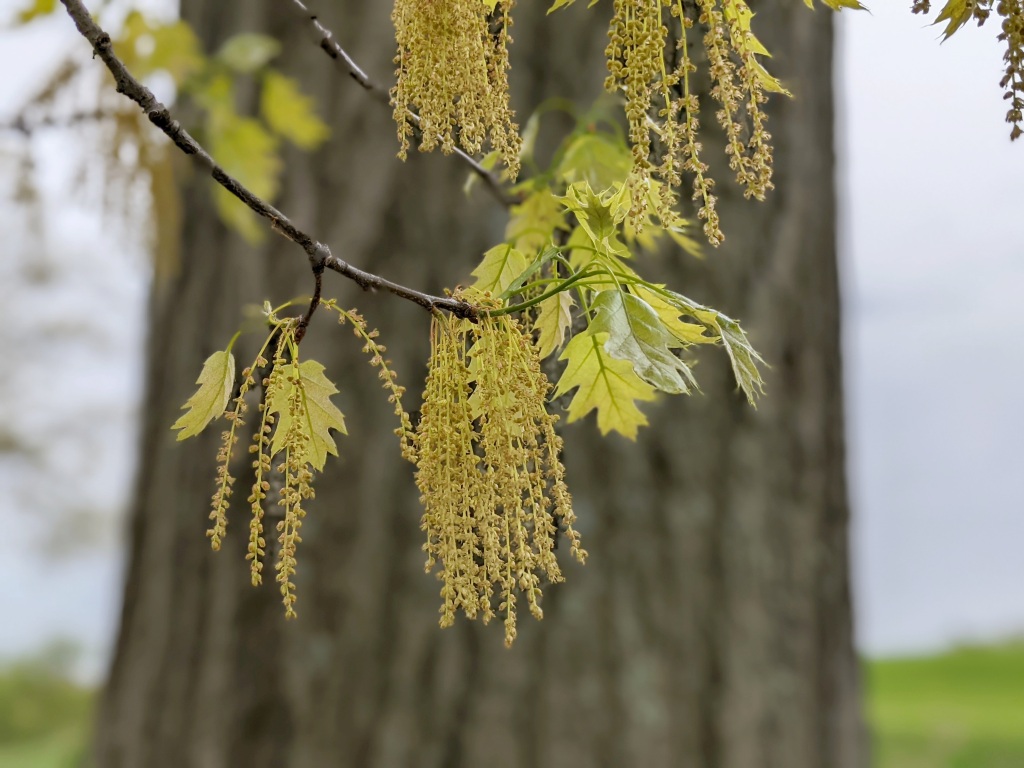
8 May 2024
Loads of news from peregrine falcon nests in the Pittsburgh area. Here are the highlights.
Tarentum Bridge, Allegheny River:
Yesterday at the Tarentum Bridge Dave Brooke found the peregrine chicks exploring the ledge and exercising their wings. Their estimated hatch date was 1 April so these three would have been 36 days old yesterday.
Dave Brooke also wrote:
Views from the Tarentum Bridge Park are excellent. The fourth spent the whole time I watched on the ledge of the nest box. Mom fed the three then retreated to the railing of the back pier. I have not seen the male in more than a month.
— email from Dave Brooke on 7 May 2024
The fourth chick is at least two days younger than the others so it had not reached the ledge walking stage yet. Meanwhile, even if the male is absent as Dave suggests, this has not adversely affected the chicks’ growth and development as you can see in the video.
These peregrines have not fledged yet but it won’t be long before they’re gone. Visit the Tarentum Bridge area for great looks at this peregrine family. Click here for a map.
Cathedral of Learning, Univ of Pittsburgh:
Yesterday’s Day-in-a-Minute (actually 90 seconds) shows the two chicks sleeping, eating and motoring to the front of the nest.
It was hot here yesterday with a high of 81°F — which explains why you see them sleeping with one leg extended. Their exposed leg is bare skin that allows them too cool off.
Tune in to see them at the National Aviary falconcam at Univ of Pittsburgh.
East Liberty Presbyterian Church, Pittsburgh:

We had a scare on 29 April concerning the East Liberty peregrines when I received a report from Elizabeth Rudzki (@ZoomingBio) that she saw an adult peregrine strike a window in Shadyside. The bird was stunned, paused on the ground, then flew away before she could retrieve her rescue equipment.
I asked Adam Knoerzer whether he’d seen both adults at the church and by 2 May he confirmed that both are present. Whew! The male is shown perched on the steeple above.
Downtown Pittsburgh: On 29 April 2024 I went to Mt Washington again to look at the Third Avenue nest through my scope. The female was standing up in the nest area, perhaps sheltering young from the sun. If so, they ought to be at the front of the ledge in the next two weeks. Visit Third Avenue soon to see if my hunch is correct. Click here for information and directions.
Clairton Coke Works, Monongahela River:

This photo I received from Dana Nesiti, courtesy of USSteel on 25 April, confirms that a peregrine pair is again breeding successfully at Clairton Coke Works. The pair skipped last year but raised __ young in 2022. Click here and scroll down to read about their nest in 2022.
Spruce Run Bridge, Ohio River:

Jeff Cieslak confirms that both peregrines are present at the Spruce Run Bridge though they don’t seem to be breeding, perhaps because the male is still in immature plumage.
Rt 40 Bridge, West Brownsville, Monongahela River:
Fred Kachmarik checked on the Route 40 bridge in West Brownsville and found both adult peregrines at home. He wrote:
Two adults flew into the bridge screaming. It appears as if this year’s scrape is very near last year’s. There are probably eggs or nestlings but I’ll wait until a future visit to verify it.
— Fred Kachmarik, eBird
Summary of the nests: Help fill in the blanks by visiting one of these sites. I’m sure some of this is out of date.











